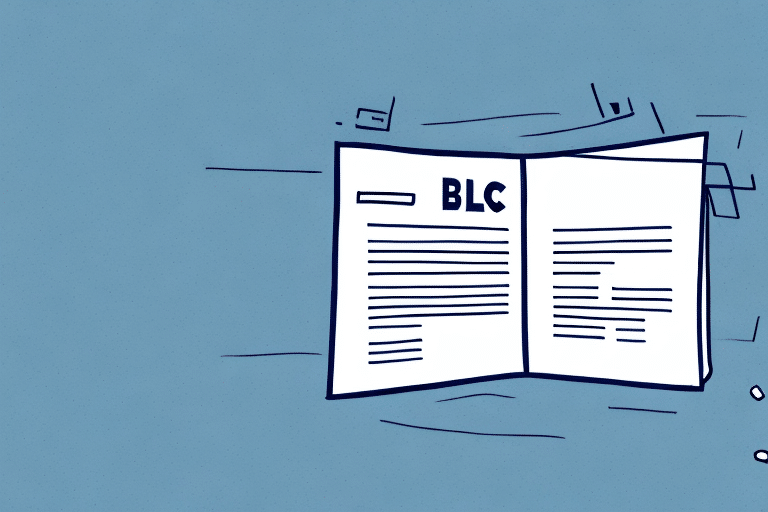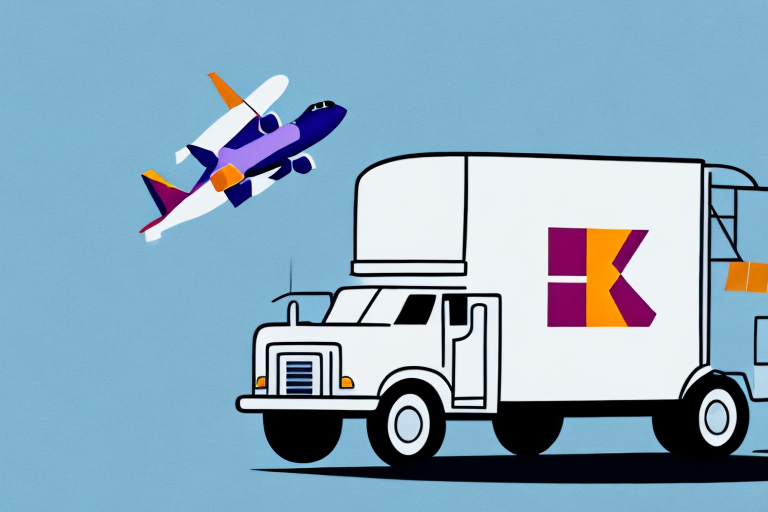What Does a Bill of Lading Look Like?
A bill of lading is a fundamental document in the shipping and logistics industry, serving as a receipt for goods, a contract for transportation, and a document of title. Understanding its appearance and components is essential for anyone involved in the shipping process.
Importance and Purpose of a Bill of Lading
Essential Functions
The bill of lading (BOL) plays several critical roles:
- Receipt of Goods: Confirms that the carrier has received the cargo as described.
- Contract of Carriage: Outlines the terms and conditions under which the goods are transported.
- Document of Title: Represents ownership of the goods, allowing for the transfer of ownership through endorsement.
Ensuring Smooth Transactions
By clearly detailing the agreement between the shipper and the carrier, the BOL helps prevent disputes and ensures that all parties are aware of their responsibilities. This clarity is crucial for international trade, where complex regulations and multiple jurisdictions are involved.
Types of Bills of Lading
Straight Bill of Lading
Issued to a specific consignee and non-transferable, this type is typically used for domestic shipments.
Order Bill of Lading
Can be transferred to another party by endorsement, making it suitable for negotiable transactions and financing purposes.
Bearer Bill of Lading
Does not specify a consignee, allowing any holder of the document to claim the goods, though this type is less common due to security concerns.
Specialized Bills of Lading
Additional types include Sea Waybills, used for maritime shipments without the need for document transfer, and Air Waybills for air freight.
How to Read and Understand a Bill of Lading
Key Components to Review
- Shipper and Consignee Details: Names and addresses of the parties involved.
- Description of Goods: Includes quantity, weight, dimensions, and any special handling instructions.
- Carrier Information: Details about the transport provider responsible for the shipment.
- Transportation Details: Mode of transport, routing, loading, and delivery dates.
- Terms and Conditions: Legal obligations and liabilities of the parties involved.
Verifying Accuracy
Ensuring that all information is correct is vital to avoid delays and disputes. Discrepancies should be addressed immediately by notifying the carrier.
Legal Implications in International Trade
Document of Title
The BOL serves as a document of title, enabling the transfer of ownership and facilitating financing.
Liability and Protection
The terms outlined in the BOL determine the extent of the carrier's liability in cases of loss or damage. It's crucial to understand these terms to protect your interests.
Technology and the Future: Electronic Bills of Lading
Advantages of eBOLs
- Efficiency: Reduces processing time and eliminates the need for physical documents.
- Security: Enhances protection against fraud with digital signatures and encryption.
Challenges and Considerations
Adopting eBOLs requires standardized digital formats and robust cybersecurity measures to ensure interoperability and protect sensitive information.
Best Practices and Common Mistakes
Best Practices
- Ensure all information is accurate and complete.
- Use clear, concise language without unnecessary jargon.
- Include any special handling instructions explicitly.
- Regularly update templates to comply with current regulations.
- Store documents securely to prevent unauthorized access.
Common Mistakes to Avoid
- Failing to verify the accuracy of shipment details.
- Using outdated or incorrect forms.
- Signing documents without thorough review.
- Incorrect calculations or incomplete measurements.
- Neglecting to safeguard the BOL against loss or theft.
By adhering to these best practices and avoiding common pitfalls, businesses can enhance the reliability and efficiency of their shipping operations.
Additional Resources
For more detailed information on bills of lading, you can refer to the following authoritative sources:






















